In 2025, the U.S. housing market has never been more difficult to tap into. Sure, there are still plenty of properties on the market, but standards seem to be slipping, and frankly, some architects almost seem to be drunk when making their design decisions! As a result, the real estate market is definitely a bit of a minefield these days, but as long as you know what to look out for, it can be a lot easier to work through. So, here is a list of homes that buyers are avoiding in 2025.
Overpriced Properties

It should go without saying that Americans should avoid overpriced properties in 2025. Naturally, the gap between the asking price and perceived value can drive buyers away, even if they love the location. Ultimately, we now have more tools to compare prices with, leading buyers to become increasingly cautious about overspending.
Poorly Maintained Exteriors
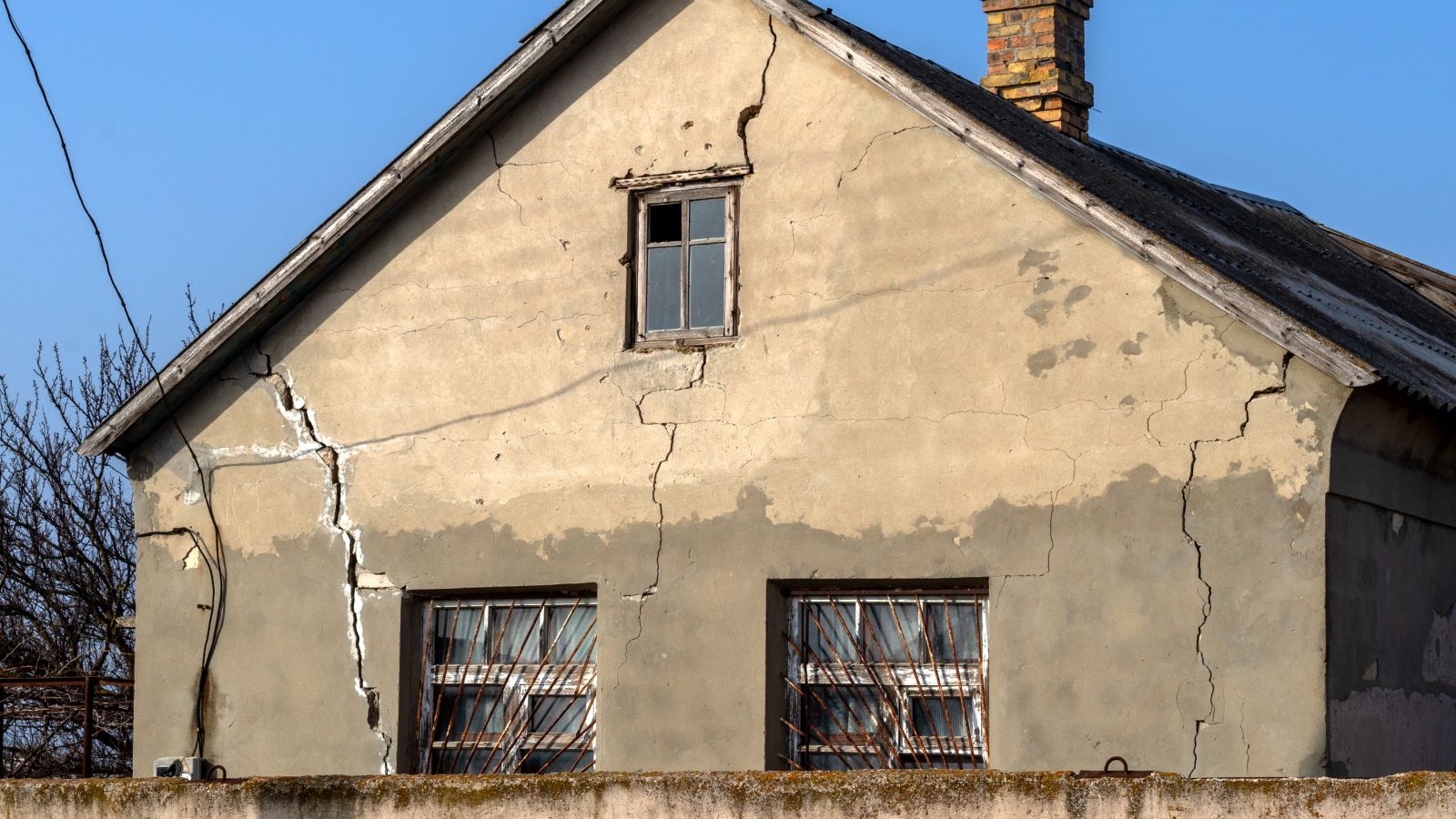
As the saying goes, first impressions matter, so a property with a neglected exterior can scare off potential buyers before they even step inside. Peeling paint, overgrown lawns, or cracked driveways can signal deeper maintenance issues. Even if the interior is pristine, a shabby exterior creates doubt about the overall condition of the home.
Homes with Odor Problems

Understandably, strange smells can immediately turn buyers off, no matter how beautiful the home looks. In particular, lingering pet odors, cigarette smoke, or dampness can be tough to mask and even tougher to remove.
To add to the problem, buyers often equate odors with underlying problems, such as poor ventilation or mold. At the end of the day, a clean and neutral-smelling home will always make a much better impression.
Dated Kitchens
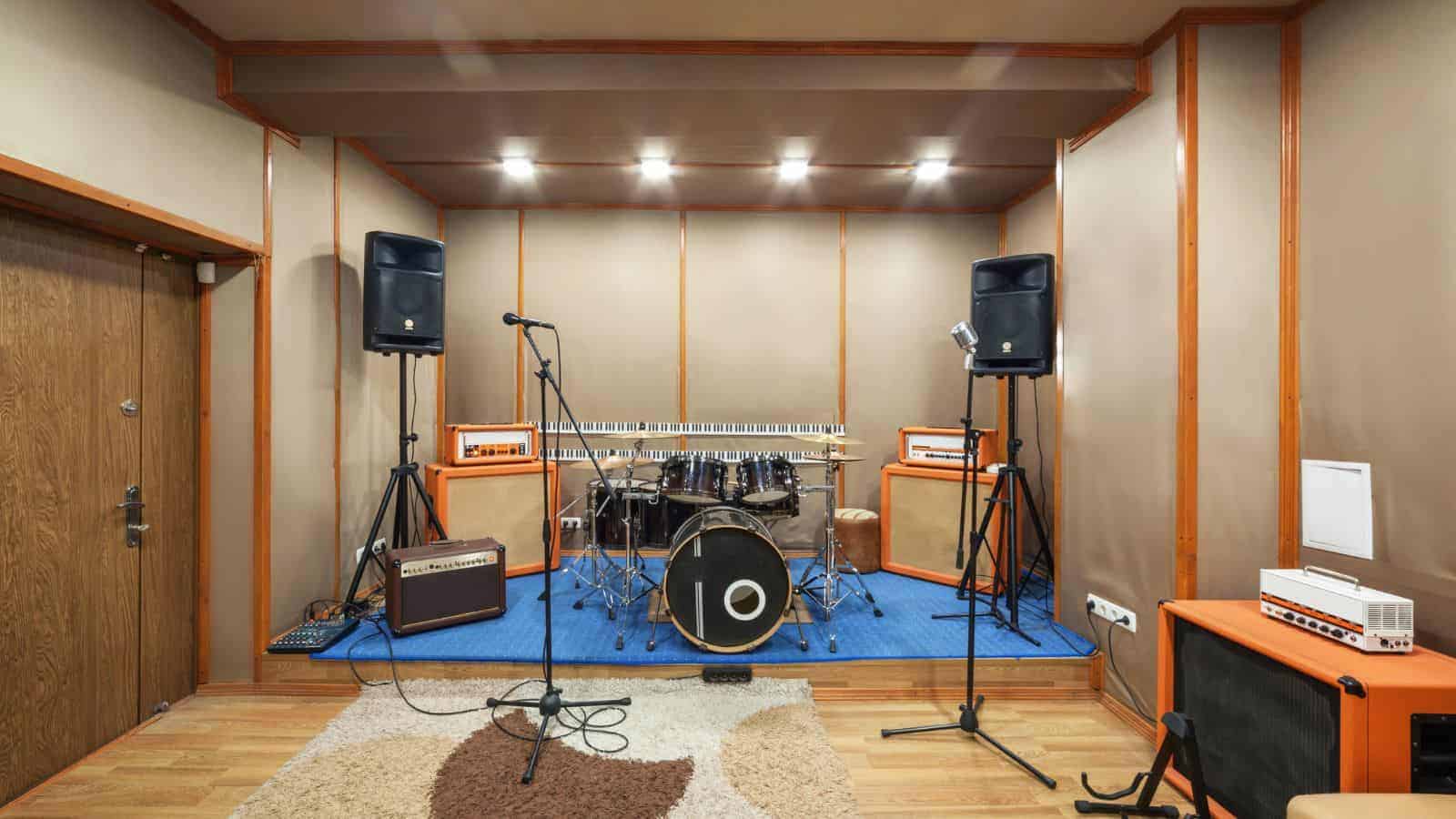
Next up, no one wants to buy a property with a dated kitchen. Kitchens are meant to be a focal point for many buyers, so why would you want them to look old-fashioned!? Old appliances, worn countertops, or outdated cabinetry all suggest future renovation costs, whereas simple updates, like fresh paint or new hardware, can breathe life into an older space without breaking the bank.
Homes in Flood Zones
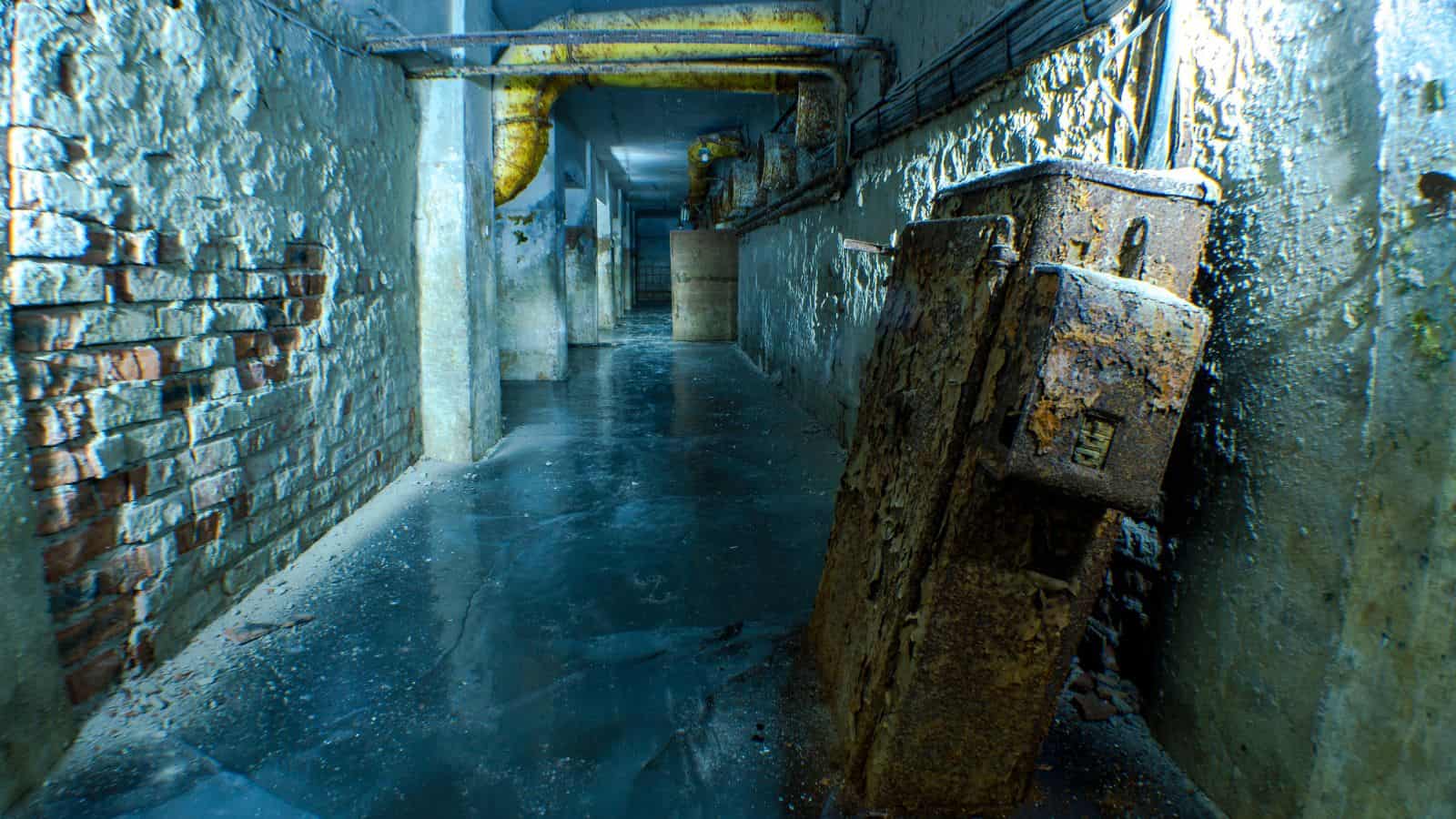
One of the biggest red flags for people looking into the real estate market is a home in a flood zone. Rising concerns about climate change have made buyers wary of properties in flood-prone areas, and high insurance premiums and potential repair costs from water damage only make this concern stronger. Overall, the risks associated with these homes often outweigh their benefits, even if they’re cheap.
Poor Lighting

Dark, poorly lit homes tend to feel a lot less welcoming than brightly lit homes, giving buyers the impression of being cramped in a dreary space. In contrast, natural light is highly desirable, so homes with small windows or heavy curtains can feel uninviting.
In addition, buyers also consider the cost of installing better lighting or windows to brighten a space. Simple fixes like adding lamps, using light-colored curtains, or cleaning windows can instantly improve a home’s appeal, so it’s always worth remembering this if you’re putting your property up for sale.
Cluttered Spaces

Obviously, a cluttered home can overwhelm buyers, making it hard for them to imagine their own belongings in the space. Personal items, excessive furniture, or overcrowded shelves will only serve to distract from the home’s potential. This should be pretty obvious, but buyers want to see a blank canvas–not a lived-in mess.
Homes with HOA Hassles

Despite once being a symbol of security, HOAs are becoming increasingly unpopular. Why? Well, buyers often hesitate to purchase homes with strict homeowners’ association (HOA) rules or high fees. Sure, some people appreciate the order an HOA brings, but others see it as an added hassle. Restrictions on landscaping, pet ownership, or renovations can be really off-putting, and frankly, there are more horror stories than success stories about them these days.
Awkward Floor Plans
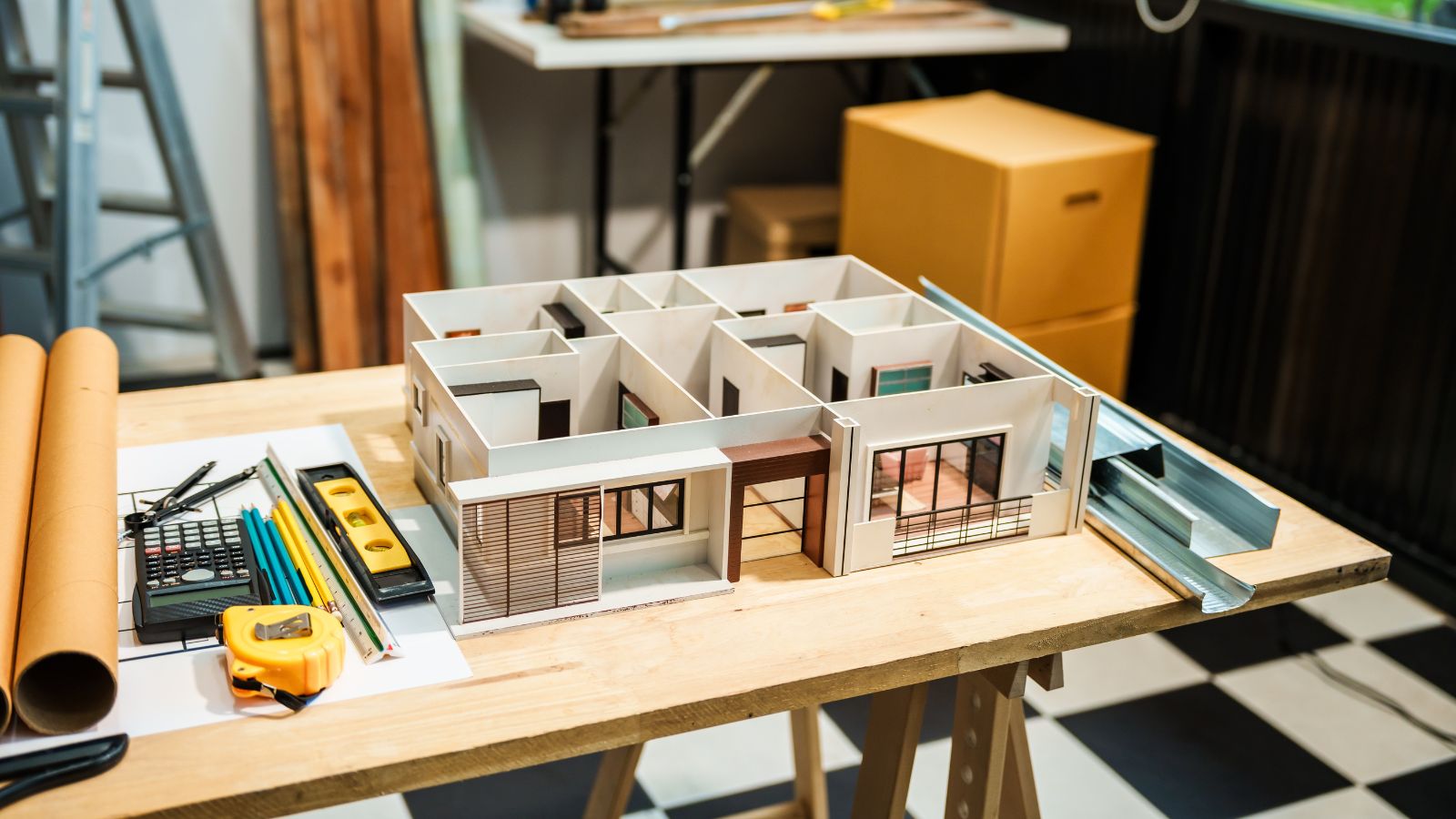
Homes with layouts that feel impractical or disjointed will always leave buyers scratching their heads. For instance, oddly placed walls, small bedrooms, or a lack of flow between spaces make it hard to see the home as functional. Understandably, buyers want spaces that make sense and work for everyday living.
High-Maintenance Features

These days, buyers are steering away from homes with features that require too much upkeep. Examples include homes with elaborate gardens, pools, or specialty flooring. All of these elements may look appealing at first but often come with higher costs and time commitments, immediately reducing the buyer pool significantly.
Homes with Known Pest Problems

Surely you wouldn’t want to move into a home with a history of pest issues, right? Naturally, this can make buyers hesitant to proceed, even if the problem has supposedly been resolved. Termite damage, rodent infestations, or even persistent ants suggest future headaches, leading buyers to worry about long-term costs or recurring issues. Therefore, sellers should take proactive steps by addressing pest concerns and providing proof of professional treatment.
Lack of Storage
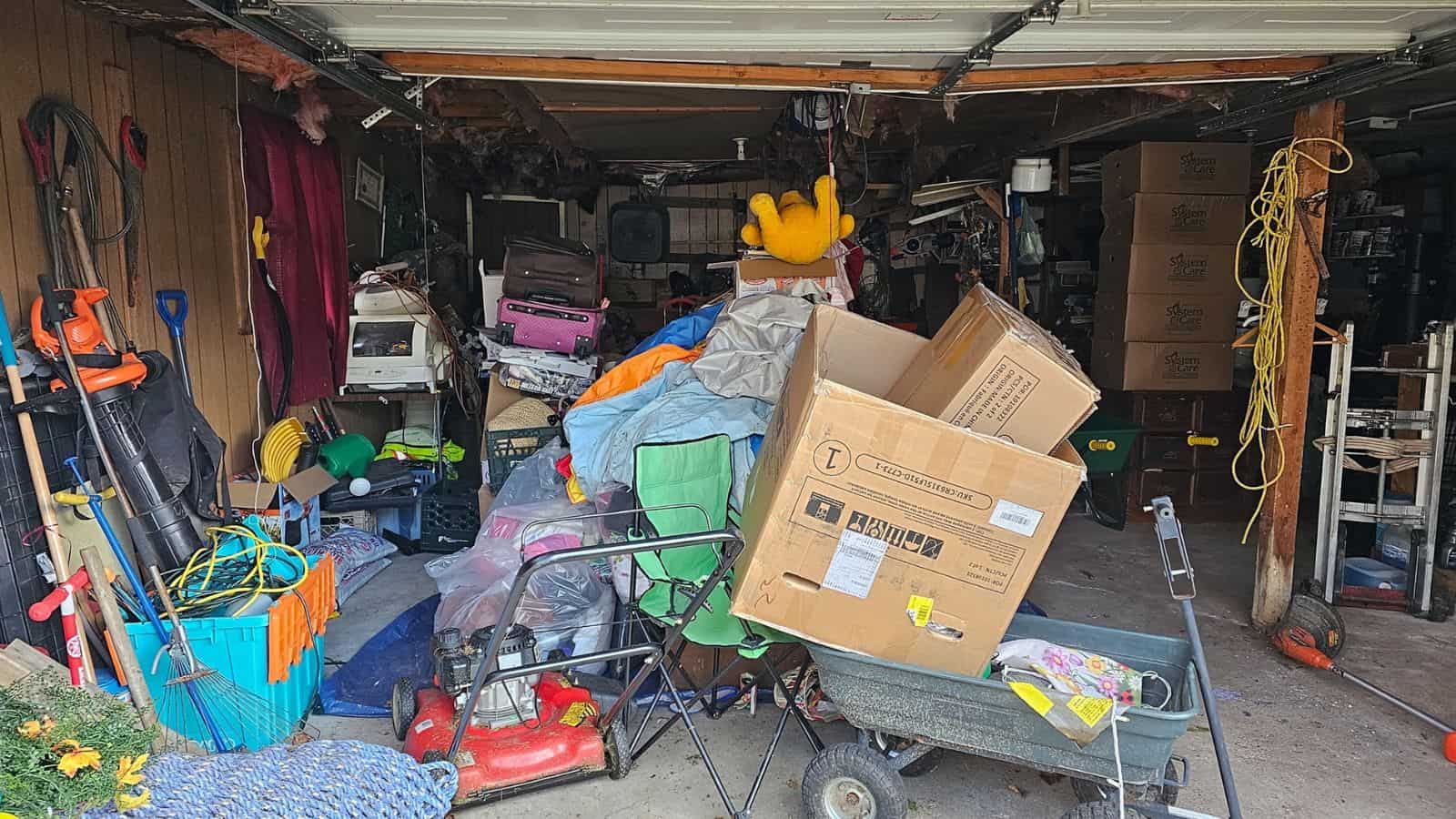
Homes without adequate storage can be a surprisingly consistent dealbreaker. Why? Well, small closets, no garage, or a lack of attic space all make it hard to imagine where everything will go. Buyers often prioritize functional storage for their belongings, such as for seasonal items and even just everyday essentials. Because of this, adding shelves, organizing existing spaces, or highlighting creative storage solutions will always help to improve a property’s appeal.
Homes with Poor Internet Connectivity

Due to the increasing reliance that people have on the internet, reliable internet is non-negotiable for most buyers. Homes in areas with slow or spotty connectivity can deter all sorts of people!
Most notably, remote workers, gamers, and families will be put off by this. Don’t assume that it can be hidden, either, as buyers often research internet providers and speeds before committing to a location.
Unfinished Basements or Attics

Buyers love extra usable space, but unfinished basements or attics can feel like missed opportunities. These areas often feel cold, dark, or uninviting, leaving buyers to think about the costs of finishing them. Even small improvements, like painting or better lighting, can make a difference. At the end of the day, showing potential uses for the space, like a home gym or extra bedroom, helps buyers see its value, whereas leaving these spaces bare can make a home feel less complete.
Homes on Busy Streets

Life seems to be getting busier every year, so properties located on busy roads, especially those that face noise and traffic concerns, are slowly becoming less appealing to families or buyers seeking peace and quiet. More still, safety worries for children and pets also come into play.
Properties with Old, Inefficient Systems

Outdated heating, cooling, or plumbing systems can quickly scare off buyers due to potential replacement costs. Additionally, homes with inefficient insulation or single-pane windows also raise red flags. Most modern buyers put a lot of value into energy efficiency and want to avoid high utility bills or repair surprises, so if you’re selling up, consider upgrades or be prepared to negotiate based on these concerns.
Homes with Legal or Title Issues

Last but not least, it should be pretty obvious that properties with unresolved legal disputes, unclear ownership, or zoning violations are a nightmare waiting to happen. Buyers want clean, straightforward transactions without surprises down the line, rather than legal title headaches or unexpected hurdles that can quickly turn interest into frustration.
Thankfully, it’s pretty easy to avoid this situation if you’re selling your property. Simply ensuring all paperwork is in order and addressing potential issues upfront will do wonders to save time and keep your buyers interested.
